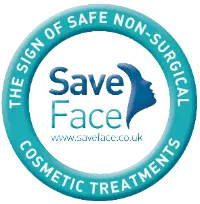Overview
The eyes are often the first place to really be affected by the signs of ageing. The tear trough is the area beneath the eye and the upper cheek, as we age the area loses volume and the skin becomes thinner and starts to droop. This results in the tear trough becoming deeper and darker in appearance and eye bags can start to appear. A similar problem can occur in younger people due to fat hypoplasia and genetic factors.
Whilst invasive surgical procedures used to be the go-to treatment for eyes affected by ageing, for those who are not ready to consider surgical options it is possible to achieve real improvements with non-surgical treatment. Advances in non-surgical cosmetic procedures mean that it’s possible to rejuvenate the eyes without considerable down-time using dermal fillers. Tear trough fillers are a very effective way to treat the appearance of dark circles and reduce under eye holows.
- The majority of brands are made from hyaluronic acid
- Immediate results
- Single treatment
- Minimal downtime
- Lasts 6-18 months depending on the product used and site of treatment









